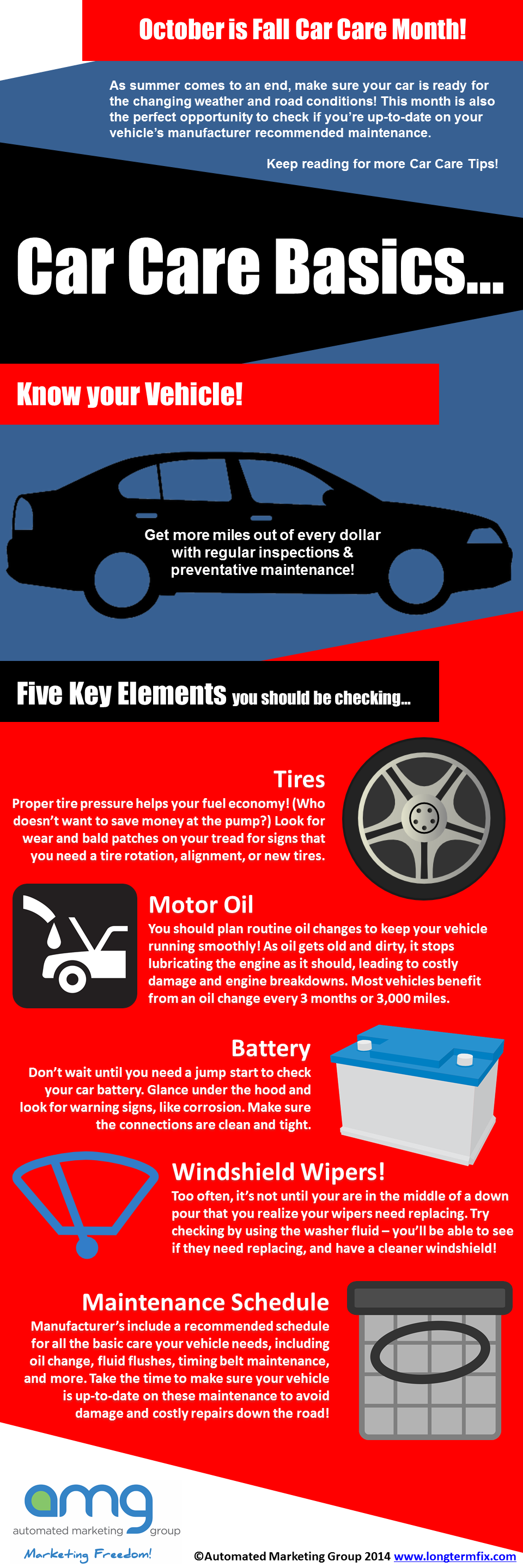Discover Exactly How To Decode Automobile Warning Lights And Deal With Potential Concerns With Self-Confidence
Discover Exactly How To Decode Automobile Warning Lights And Deal With Potential Concerns With Self-Confidence
Blog Article
Write- Learn Additional Developed By-Almeida Isaksen
When you're behind the wheel, those little warning lights on your auto's dashboard can be quite bewildering. What do they imply, and should you be concerned? Comprehending these signals is crucial for your automobile's wellness, yet it doesn't have to be an overwhelming task. By deciphering the mystery behind each light, you'll be geared up to handle potential issues effectively and maintain your car running efficiently. So, following time a warning light flashes, don't panic - arm yourself with understanding and take control of the scenario.
Relevance of Cars And Truck Warning Lights
Comprehending the relevance of your cars and truck's warning lights is vital for keeping your lorry's health and wellness. These lights work as your automobile's communication system, alerting you to potential problems that might jeopardize your safety when driving or lead to expensive repairs if neglected. By focusing on these cautions, you can deal with issues early and avoid more damage to your automobile.
Disregarding alerting lights can result in severe consequences, such as engine failure, brake breakdowns, and even accidents. These lights are created to notify you of issues varying from low tire stress to engine malfunctions, offering you the opportunity to act prior to the circumstance worsens. Routinely examining and understanding these cautions can save you time, money, and ensure your security while driving.
In addition to keeping you secure, responding without delay to warning lights can additionally help extend the life expectancy of your vehicle. By resolving issues at an early stage, you can protect against little troubles from escalating right into significant repair services, ultimately conserving you time and money over time. Keep in mind, your vehicle's warning lights are there for a factor - do not overlook them!
Common Warning Lights and Meanings
When it involves driving your vehicle, being aware of usual caution lights and their significances is crucial for your safety and security and automobile maintenance. Below are a couple of usual warning lights you might come across:
1. ** Examine Engine Light **: This light indicates a concern with your engine. Maybe something minor like a loose gas cap or something much more major like engine misfiring.
2. ** Battery Light **: This light signals a trouble with your vehicle's charging system. It could show a defective battery, generator, or various other associated components.
3. ** Oil Pressure Light **: When this light begins, it implies your engine may be running low on oil or experiencing reduced oil pressure, which can cause engine damage otherwise addressed promptly.
4. ** Brake System Light **: This light indicates an issue with your stopping system. It might mean reduced brake liquid degrees or a problem with the brake system that needs instant attention.
Understanding these usual warning lights will certainly aid you identify prospective problems early on and stop more substantial issues down the road.
Just how to Respond to Warning Lights
On the occasion that a caution light brightens on your car's control panel, it's vital to react quickly and properly. When a caution light begins, the primary step is to consult your owner's handbook to understand the details concern indicated by the light.
Some lights need instant interest, while others might show a less urgent matter. If the caution light is red or blinking, it's generally a sign of a major issue that needs immediate activity. In such instances, it's recommended to pull over safely, shut off the engine, and look for expert assistance.
For yellow or orange caution lights, while they might not need prompt focus, it's still essential to address the hidden concern promptly to stop additional damages. https://codywqlga.eedblog.com/31270310/necessary-actions-to-winterize-your-car-making-certain-safe-and-trustworthy-driving-in-cold-weather and inspection can help protect against cautioning lights from coming on suddenly.
Verdict
To conclude, understanding your cars and truck's warning lights is critical for keeping your automobile's health and safety. By routinely checking and reacting to these cautions, you can deal with prospective issues early and prevent pricey repairs or safety and security dangers. Keep in mind to consult your owner's manual for info on various warning lights and always take instant activity for red or blinking lights. Stay proactive and maintain your vehicle running smoothly!
